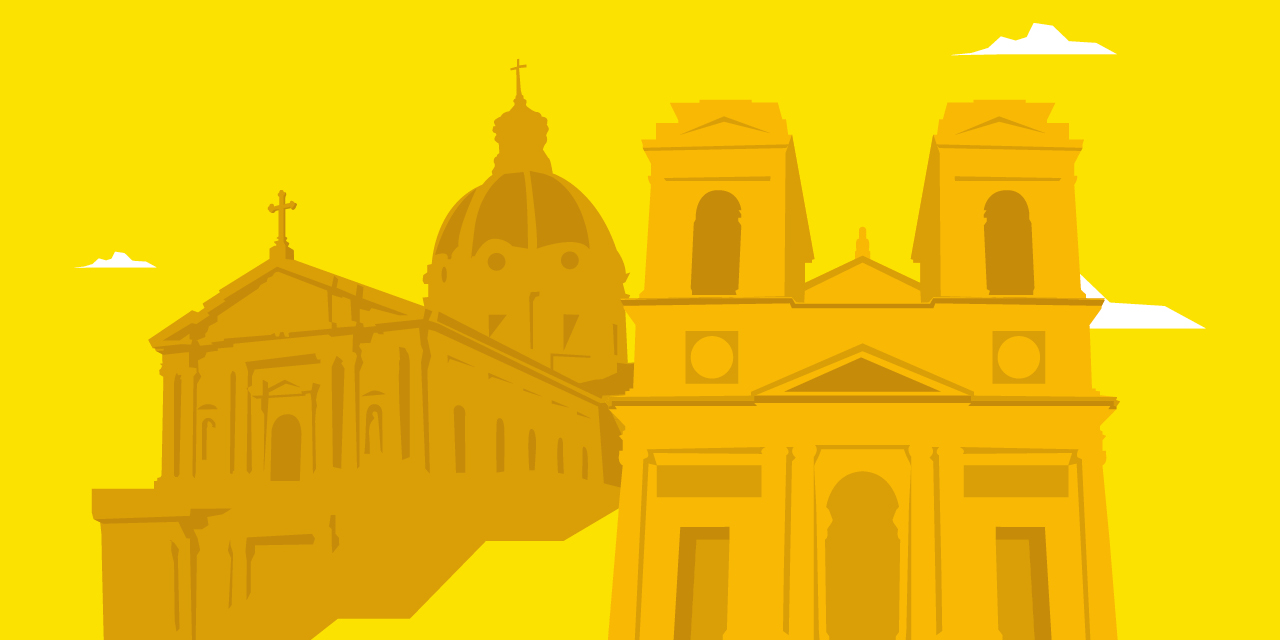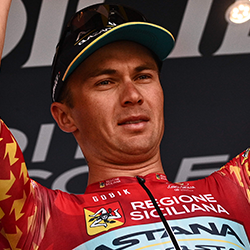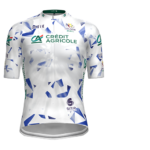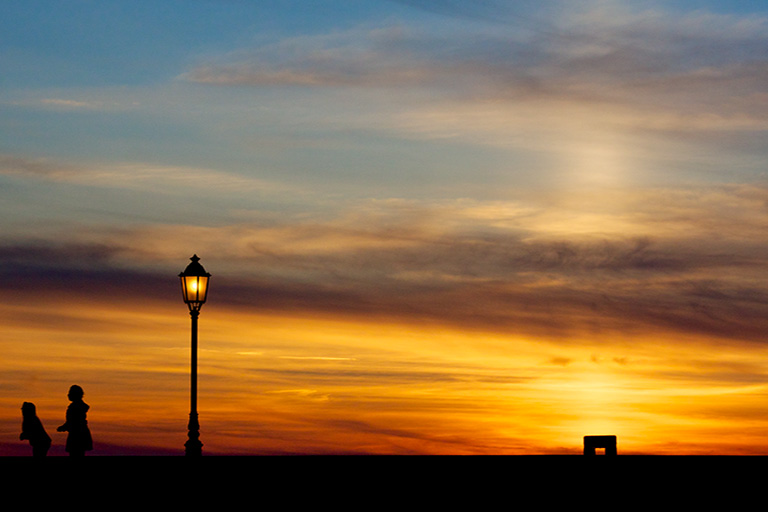profile
map
technical info
This is a full mountain stage (and the longest of the Giro di Sicilia, at 216 km) with 3 superior category summits, finishing after the last descent. The route first runs along the coast for approximately 50 km, and then ascends to Floresta (40 km overall, with average 3% gradients, reaching 7% at points). After a long descent, past Linguaglossa, the route tackles the climb to Mt. Etna (Due Monti) (nearly 18 km at 6%), descends into Mascali and goes up again, heading for Scorciavacca, reaching the summit (10 km at 6.4%). The route then runs over the previous descent, all the way to Mascali and, further on, to Giarre.
Final kilometres
Past Mascali, the final kilometres are essentially straight, with just a few short mild bends, rising slightly (at around 2%) all the way to the finish. The home straight (approx. 1 km long, 8 m wide) is on stone‑paved road.
start / finish
climb detail
final kilometres
itinerary timetable
tourist info
Host city:
Barcellona Pozzo di Gotto
Overview
Barcellona Pozzo di Gotto was born from the union, decreed in 1835 by Ferdinand II, King of the Two Sicilies, of the two ancient districts of Barcellona and Pozzo di Gotto. It inherits part of its name from the Catalan city due to its mountaneous-geographical position: nestled between the sea and the hills. Between the Tyrrhenian Sea with the Aeolian Islands, Tindari Gulf, Milazzo and the charming villages of Castroreale, S. Lucia del Mela and Novara di Sicilia. In ancient times in the territory of Barcellona Pozzo di Gotto there were settlements scattered in the hills, such as Pizzo Lando (10th century BC) and St. Onofrio Mount. In the seventies of the twentieth century the remains of an Acropolis and a Necropolis (IX-VIII century BC) consisting of cave tombs, in the area of St. Onofrio Mount, were brought to light by the Superintendency: the Sicilian town of “Longane”, where a ‘bronze caduceus’ was found, exhibited today at the British Museum in London. Numerous villages, some existing since the Middle Ages, such as the fraction of Gala which counted the presence of Basilian monks, subsequently gave birth to the centres of Pozzo di Gotto and Barcellona. The construction of the well, carried out in 1463 by the nobleman Nicolò Goto from Messina, can be considered the birth certificate of the Pozzo di Gotto farmhouse, which took its name from that initial gesture and from its creator. The building, starting from 1595, of the Church of St. Sebastian (Basilica) states the real birth of Barcellona. Barcellona and Pozzo di Gotto are separated by the Longano stream.
Food
Coffee, lemon, peach, strawberry, blackberry granite with brioche “cu tuppu”. Ice creams, small pastries, riso nero made with dark chocolate and orange peel, citrus juices and candied fruit, limoncello, arancini, focaccia, bluefish, flying squid and squid, swordfish, octopus, stuffed aubergines, ghiotta fish, rolls of meat, fish and vegetables etc.
Ciaurrina (or giaurrina): caramelized honey-based dough, in the shape of a braid typical of Barcellona Pozzo di Gotto. It is traditionally prepared for the feast of St. Sebastian, Patron Saint of the city, which is celebrated on January the 20th.
Points of interest
Eighteenth-century monastery of the Basilians, St. Venera Cave from the Norman era, Byzantine Cuba (11th century) in the district of Sant’Antonio, Carmine Church and Convent of the Carmelite order (XVI), St. Vito Church and Oratory of the Souls of Purgatory (XV), Church of St. Antonio di Padova and Convent of the Friars Minor, Immaculate Conception Church (XVI), St. Maria Assunta Cathedral, P. Mandanici Theatre, Primo Levi Garden, Old railway station area where the Orange Seed sculpture by Emilio Isgrò is located, Maggiore La Rosa City Park with the Proserpina Garden inside by Hidetoshi Nagasawa, Mountain resort of Miliuso with spaces equipped for refreshment, Square of anchors and the Seafront with recreational and sport equipped spaces, Jalari Museum Park, Nello Cassata Ethnostoric Museum, Epicenter Museum, Liberty House.
























































